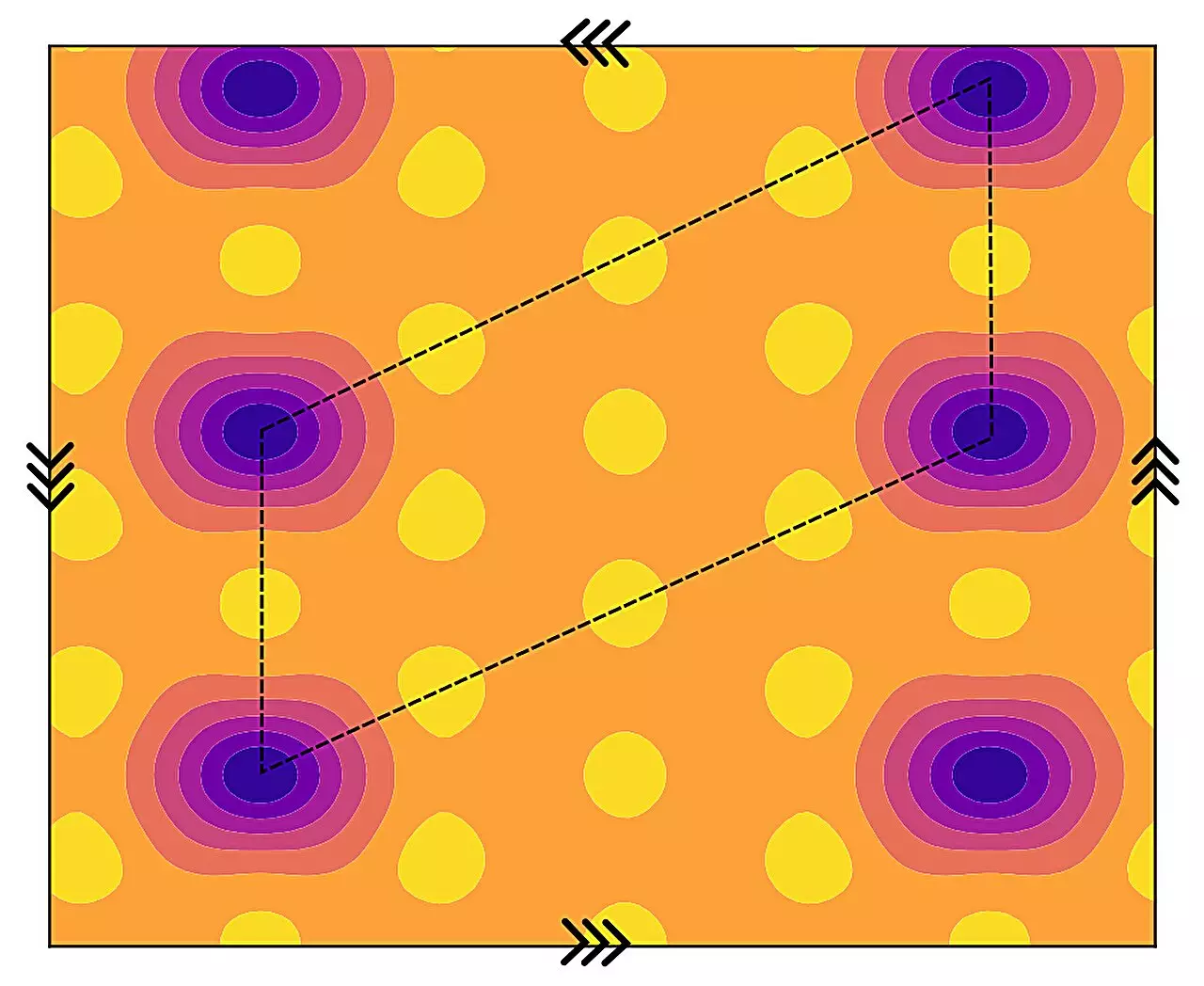Moiré superlattices are a fascinating intersection of two-dimensional materials that, when layered with a slight angular misalignment, create unique physical structures. This phenomenon has garnered significant attention from the scientific community due to its potential to host novel states of matter and intriguing physical behavior that had previously remained unobserved. Researchers from California State University Northridge, along with collaborators from Stockholm University and MIT, have recently contributed significantly to this area, predicting a new quantum anomalous state of matter emerging within these layered systems, specifically in a twisted bilayer of the semiconductor MoTe₂.
Within the realm of condensed matter physics, the exploration of states that deviate from conventional behavior is both challenging and immensely rewarding. The team’s publication in *Physical Review Letters* introduces insights into a predicted state that blends aspects of crystallization and topology. This is particularly noteworthy, as these properties typically behave antagonistically—topological phenomena generally arise under conditions inconsistently compatible with charge order. Liang Fu, a prominent figure in this research, underscores the coexistence of these seemingly contradictory features by stating that the dual particle-wave nature of electrons plays a critical role within moiré materials.
They proposed that this particular state is characterized by an intertwined relationship between ferromagnetism, charge ordering, and topological effects. What is intriguing is the possibility that such states might not just be isolated phenomena but could be prevalent across various moiré superlattices. The research hinges on the synergistic relationship between strong Coulomb interactions and the emergent properties in a strongly interacting, yet topologically non-trivial system—a finding that opens up avenues for further experimental validation.
Modeling and Predicted Outcomes
The research team’s groundwork is built upon extensive numerical calculations derived from prior studies of twisted bilayer semiconductors. Additionally, they formulated a phenomenological model aimed at elucidating the qualitative features of this new state of matter. Ahmed Abouelkomsan, another co-author, emphasized that their work exposes an unexpected phase of matter that encapsulates various quantum phenomena within strongly interacting materials. Their findings will likely play a crucial role as a reference for experimentalists attempting to ascertain the existence of these complex phases in moiré materials.
The implications of their predictions suggest that the observed phenomena might offer clues into underlying physical mechanisms at play, facilitating a more profound understanding of quantum states in layered material systems. The findings also propose that integer Chern insulator crystals may be intrinsically linked to fractional moiré band fillings—a point echoed by Aidan Reddy, highlighting the dynamic interplay of different phases.
As research continues to peel back the layers surrounding moiré superlattices, recent experimental observations of quantum anomalous Hall crystals offer a validating backdrop to the theoretical predictions posited by the research team. This confluence of theory and experimentation establishes a robust framework for advancing knowledge in this field. The experimenters have already documented these phenomena in twisted bilayer and trilayer graphene, providing a fertile ground for testing the proposed theories and models.
Upcoming studies aim to delve deeper into the nature of this newly identified state of matter, potentially discovering more exotic states that may reside within the rich landscape of moiré superlattices. The researchers’ next steps involve investigating the energetic competition among various states—a pursuit that could unlock critical insights into material behavior at the quantum level.
The revelations borne from the collaborative efforts of the researchers indicate that moiré superlattices hold immense promise for uncovering new quantum states and managing electronic properties at the nanoscale. The intersection of topology and local charge ordering presents both a theoretical puzzle and an experimental challenge—evoking a sense of excitement that is fundamental to the field of condensed matter physics.
As scientists push the boundaries of what we understand about these systems, the implications extend far beyond theoretical interest; they have the potential to revolutionize material science and electronic engineering. The unfolding tale of moiré superlattices thus stands as an emblem of the ongoing exploration in quantum phenomena, encouraging further inquiry into their behavior and the technologies that could emerge as a result. Through rigorous research, scrutiny, and perseverance, a deeper comprehension of this intricate web of physics is not just a goal but an impending reality.


Leave a Reply